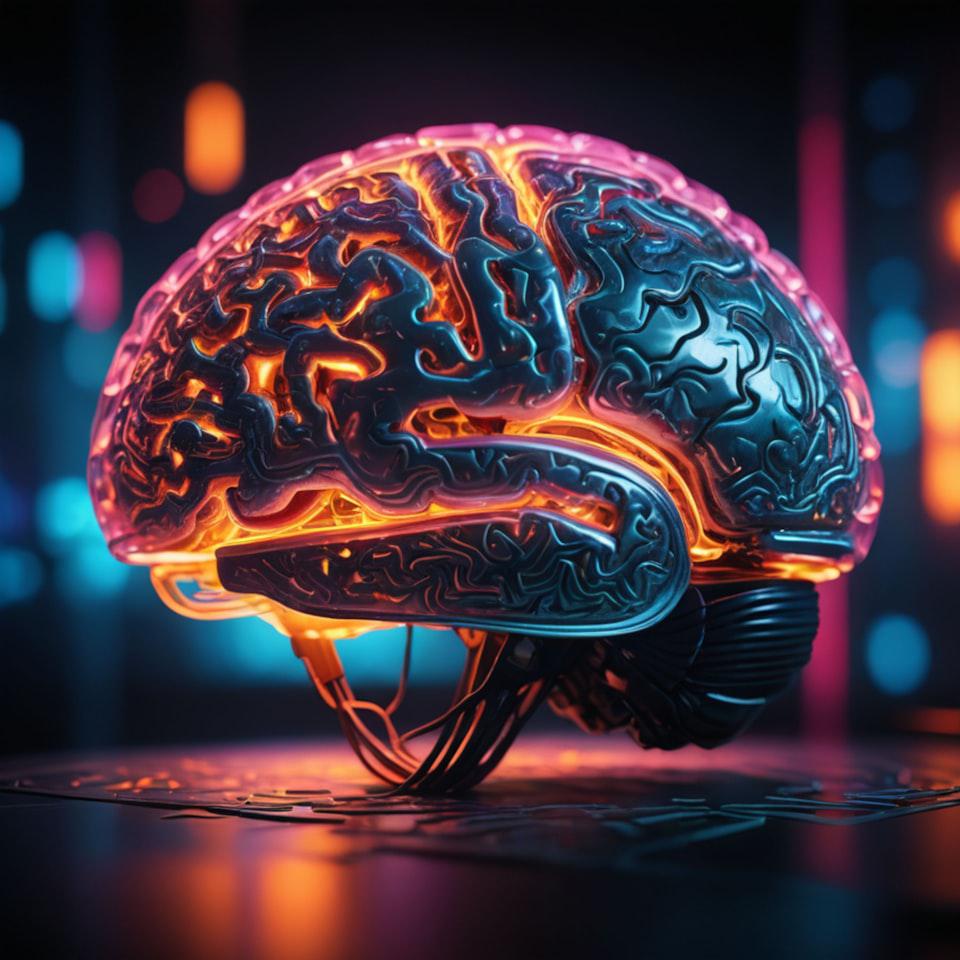Cognitive Biases and Their Impact on Decision-Making
In our daily lives and professional environments, various cognitive biases often influence our decisions. While sometimes subtle, these biases can significantly skew our judgment and lead to suboptimal outcomes. Understanding these biases and their impact on decision-making is essential for anyone looking to make more informed and effective choices. This article delves into some of the most common cognitive biases, illustrating their effects and providing strategies to mitigate their influence.
1. Confirmation Bias
Confirmation bias is the tendency to search for, interpret, and remember information in a way that confirms one’s preconceptions.
- Impact: This bias can lead to poor decision-making as individuals may ignore or undervalue evidence that contradicts their beliefs. It reinforces existing opinions and prevents the consideration of alternative viewpoints.
- Example: A manager who believes a marketing strategy is effective might only focus on data supporting this belief while disregarding data showing the strategy is failing.
2. Anchoring Bias
Anchoring bias refers to the reliance on the first piece of information encountered (the "anchor") when making decisions.
- Impact: This bias can skew judgments and decisions, as subsequent information is often interpreted based on the initial anchor. It can lead to overemphasizing initial data, even if irrelevant or misleading.
- Example: In negotiations, the first price mentioned often sets a benchmark, influencing the final agreement, regardless of its appropriateness.
3. Sunk Cost Fallacy
The sunk cost fallacy is the inclination to continue an endeavor once an investment in money, effort, or time has been made, even if continuing is not the best course of action.
- Impact: This bias can lead to the continuation of unproductive projects or decisions due to the reluctance to accept losses.
- Example: A company might continue funding a failing project because it has invested significant resources rather than cutting its losses and reallocating resources more effectively.
4. Groupthink
Groupthink occurs when a group makes faulty or ineffective decisions to reach a consensus, often suppressing dissenting viewpoints.
- Impact: Groupthink can lead to poor decisions as critical thinking and diverse opinions are sacrificed. It often results in overconfidence in the group's decisions and a lack of contingency planning.
- Example: A team might decide to launch a product without adequate testing because dissenting opinions were not voiced, leading to potential failure in the market.
Strategies for Mitigating Cognitive Biases
1. Seeking Out Diverse Perspectives
- Description: Encourage input from individuals with different backgrounds, experiences, and viewpoints.
- Implementation: Build diverse teams, invite external opinions, and create a culture of valuing different perspectives.
- Benefit: Diverse perspectives can challenge prevailing assumptions and provide a more comprehensive understanding of the issue, reducing the risk of biases.
2. Playing Devil's Advocate
- Description: Assign someone to question assumptions and highlight potential flaws in the decision-making process.
- Implementation: Regularly incorporate devil’s advocate sessions in meetings where critical decisions are made.
- Benefit: This approach ensures that decisions are rigorously examined from multiple angles, uncovering potential pitfalls and encouraging critical thinking.
3. Using Decision-Making Frameworks
- Description: Implement structured approaches to decision-making. See part 1 for frameworks.
- Implementation: Train teams in these frameworks and consistently apply them to important decisions.
- Benefit: Frameworks provide systematic methods for evaluating options, which can help identify and counter biases by promoting thorough analysis.
Importance of Learning from Mistakes
1. Conducting Post-Mortems
- Description: Post-mortems involve analyzing completed projects or decisions to understand what went well and what didn’t.
- Implementation: After significant projects or decisions, hold meetings to discuss outcomes, identify mistakes, and derive lessons learned.
- Benefit: This practice fosters a culture of continuous improvement and helps prevent repeating mistakes by learning from past experiences.
2. Embracing a Growth Mindset
- Description: As Carol Dweck coined it, a growth mindset is the belief that abilities and intelligence can be developed through dedication and hard work.
- Implementation: Encourage team members to view challenges and failures as opportunities for growth and learning rather than setbacks.
- Benefit: A growth mindset promotes resilience, adaptability, and a proactive approach to problem-solving, enhancing overall performance and innovation.
Cognitive biases are inherent in human decision-making, often leading us astray despite our best intentions. By recognizing and understanding these biases—such as confirmation bias, anchoring bias, the sunk cost fallacy, and groupthink—we can mitigate their effects on our judgments and choices. Implementing strategies like seeking diverse perspectives, playing devil's advocate, and using structured decision-making frameworks can help ensure more balanced and effective decisions.
Moreover, fostering a culture of learning from mistakes through post-mortems and embracing a growth mindset is crucial for continuous improvement. By adopting these practices, individuals and organizations can enhance their decision-making processes, leading to better outcomes and long-term success. Ultimately, the effort to counter cognitive biases is an ongoing journey that requires awareness, reflection, and a commitment to personal and collective growth.
